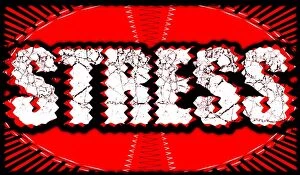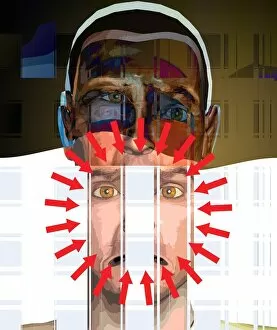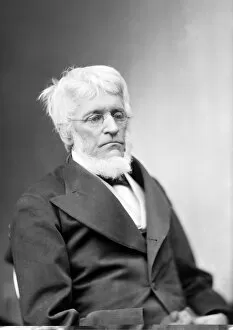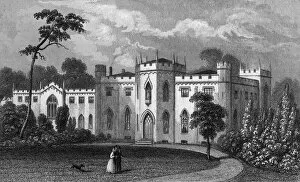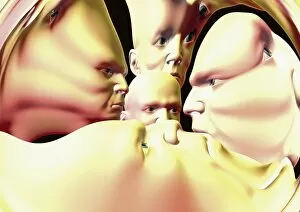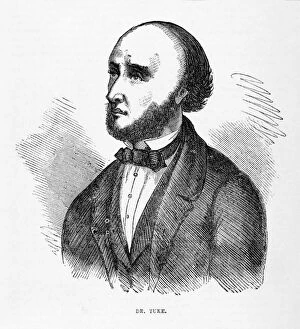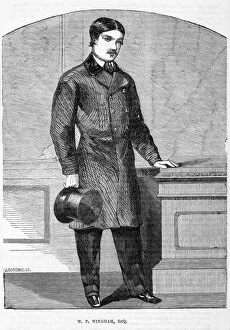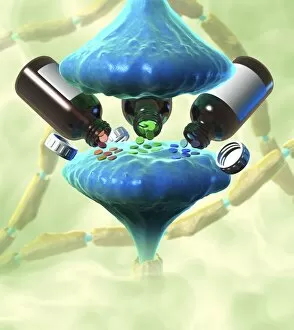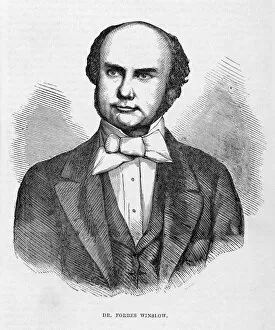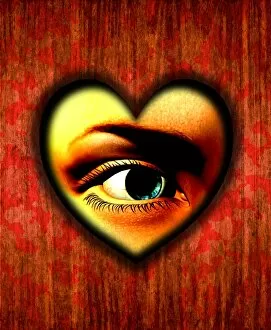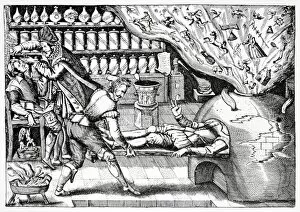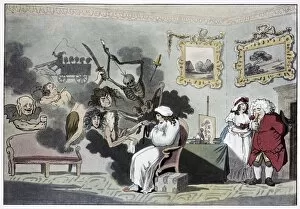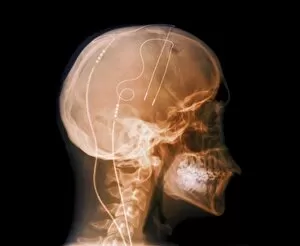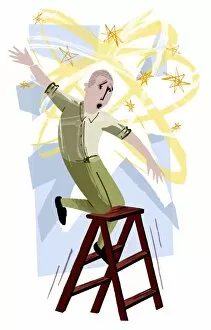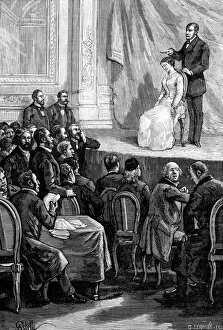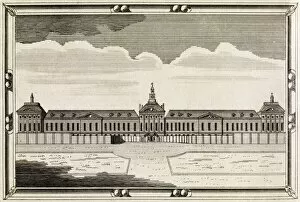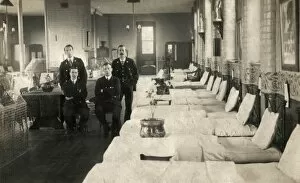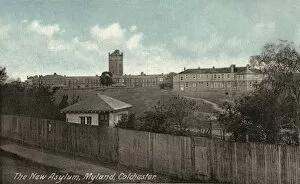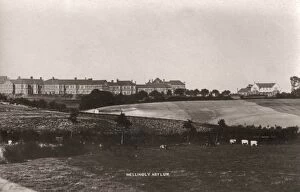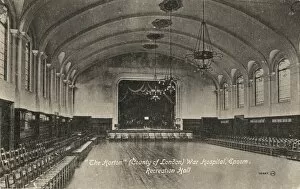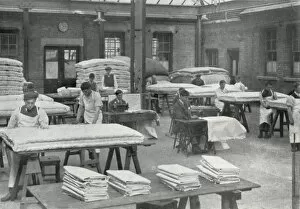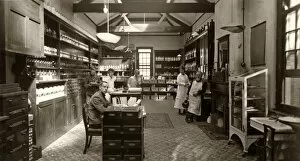Psychiatric Collection (#4)
"Exploring the Haunting History Institutions
For sale as Licensed Images
Choose your image, Select your licence and Download the media
"Exploring the Haunting History Institutions: From Warwick County Mental Hospital to Highwood Hospital" Step into a world shrouded in mystery and intrigue as we delve into the chilling history institutions. These once imposing structures, such as Warwick County Mental Hospital in Hatton, Warwickshire, and North Wales Lunatic Asylum in Denbigh, North Wales, hold tales that send shivers down your spine. Asylum Lodge in Devizes, Wiltshire, stands as a haunting reminder of the past. Its walls whisper stories of patients who were confined within its confines for reasons unknown. Banstead Asylum in Surrey and Stone Asylum in Aylesbury, Buckinghamshire are no different - their eerie presence lingers long after they closed their doors. Derby County Mental Hospital in Mickleover, Derbyshire witnessed countless struggles against mental illness. Exminster Asylum in Devon served as a sanctuary for those deemed unfit by society's standards. Barming Asylum in Maidstone, Kent held secrets that still remain hidden within its decaying corridors. Norfolk County Lunatic Asylum situated amidst Thorpe's tranquil surroundings tells tales of both hope and despair. Meanwhile Carmarthen County Lunatic Asylum stands tall as an emblem of South Wales' tumultuous past. Across borders lies Union Workhouse located Cootehill, County Cavan Ireland; it serves not only as an asylum but also reminds us of societal attitudes towards mental health during that era. Lastly, Highwood Hospital nestled amidst Brentwood's serene landscapes offers glimpses into how perceptions surrounding psychiatric care have evolved over time. These institutions bear witness to the struggles faced by individuals grappling with mental health issues throughout history. They serve as reminders that compassion and understanding should be at the forefront when addressing these challenges today. Let us remember the stories etched within these walls – stories waiting to be heard and understood – so that we may continue progressing towards a future where mental health is treated with the care and respect it deserves.





